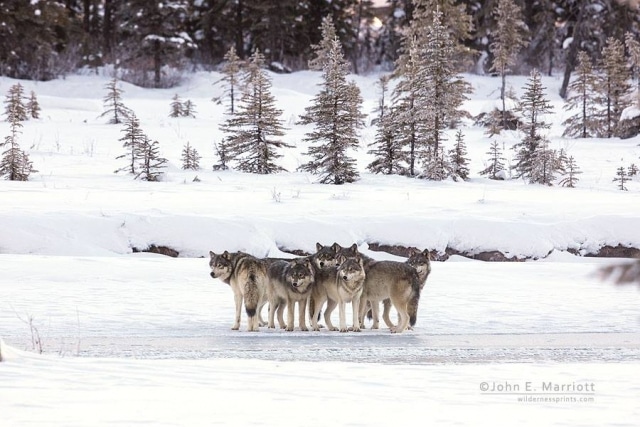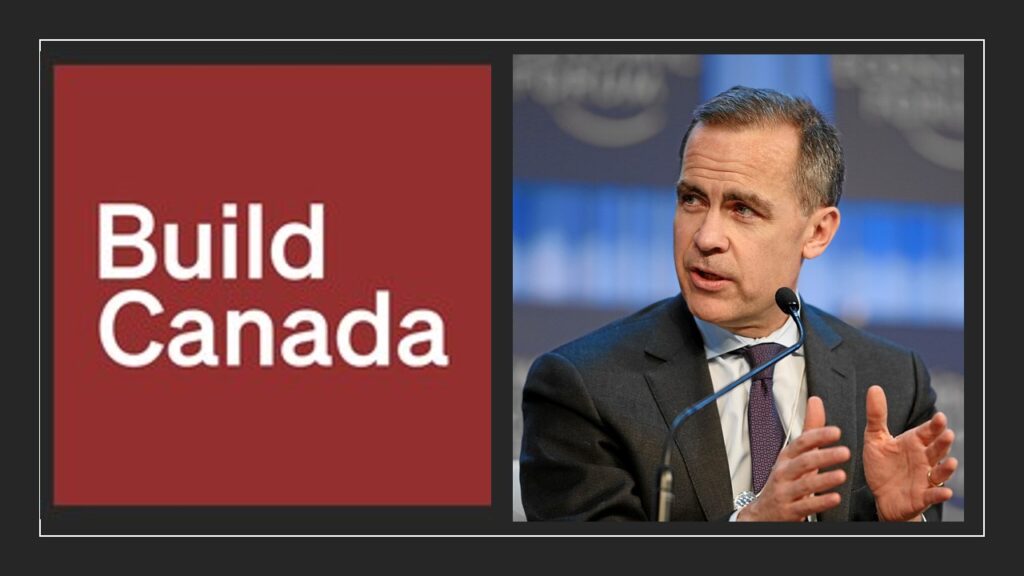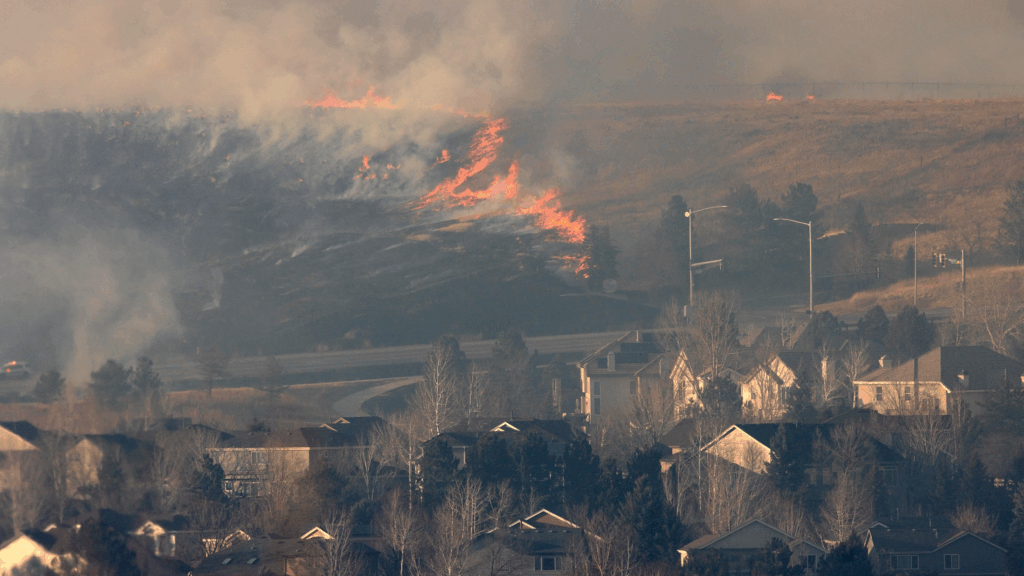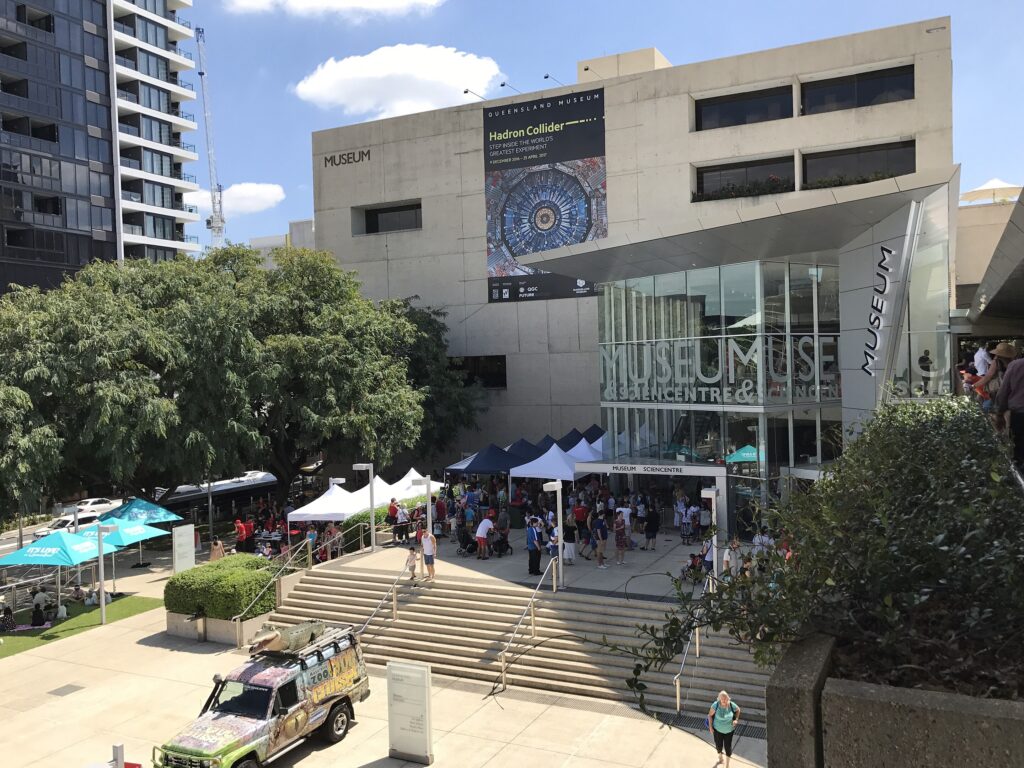Culling Alberta’s wolves without prioritizing caribou habitat protection and restoration is like “shoveling sand,” according to Mark Hebblewhite, associate professor of ungulate habitat biology at the University of Montana.
Hebblewhite says the Alberta government is sponsoring a wolf cull without doing the one thing that could possibly scientifically justify it: conserving and restoring critical caribou habitat.
“That’s the tragedy here: the Alberta government blew the opportunity to do the right thing,” he said.
“It’s all shoveling sand without real commitment to habitat conservation.”
Scientists have warned of Alberta’s caribou losses for decades and in recent years have argued the majority of the herds are endangered with some facing an imminent risk of local extinction. Provinces have until 2017 to formulate provincial caribou recovery plans under the new federal caribou recovery strategy released in 2012.
The goal for each province is to maintain 65 per cent undisturbed habitat in all caribou ranges, according to Duncan MacDonnell, public affairs officer for Alberta Environment and Sustainable Resource Development (ESRD).
“It is ESRD’s responsibility to implement recovery plans,” for Alberta, MacDonnell said, adding that since 2004 the province has had a wolf cull in place “to hold the line while the habitat recovery plans take place and are implemented.”
Since 2006 more than 1,000 wolves have been shot in the Little Smokey and A La Peche caribou ranges.
The province’s use of predator management has generated serious controversy, especially in light of continuing sales of oil and gas leases in caribou ranges, a move experts say undermines the scientific integrity of the wolf cull.
“There are all kinds of ethical problems in this mess,” Hebblewhite told DeSmog Canada.
“It’s unethical to sell oil and gas leases in endangered caribou critical habitat.”
Hebblewhite recently published a paper, Managing Wolves to Recover Threatened Woodland Caribou in Alberta, that demonstrated the wolf cull in the Little Smoky and A La Peche regions helped stabilize local caribou herds, but won’t contribute to their long-term survival without habitat recovery and protection.
“If we had started killing wolves 10 years ago, stopped all development, and started restoration, we might actually be somewhere,” he said.
Hebblewhite is preparing to release additional research that shows that since the release of the federal recovery strategy, the federal and provincial governments have allowed significant oil and gas activity to continue in caribou ranges.
“This is where it is most egregious: on the one hand, the Alberta government is saying they are doing habitat conservation while on the other I have proprietary oil and gas industry data that shows there have been hundreds of wells drilled in the Little Smoky herd, and 1,500 wells drilled in the Cold Lake herd range on the border with Saskatchewan. And that herd is the second most rapidly declining herd in the country.”
“And this is just since 2012 when the federal caribou recovery plan, including the delineation of critical habitat, was adopted,” he said.
“We are still destroying caribou habitat…it shows quite clearly that we’re killing wolves and we are not doing anything to recover caribou or the boreal forest.”
Habitat Destruction, Seismic Lines a Costly Lack of Foresight
Oilsands companies are in a “mad rush” to restore seismic lines in Alberta’s caribou ranges before the province reveals its caribou recovery plan — mandated under the Federal Caribou Recovery Strategy — by 2017.
With tens of thousands of kilometres of seismic lines, their restoration is critical for reducing the mobility of wolves in caribou ranges.
Scott Nielsen, a University of Alberta professor who is studying seismic line restoration, said now that restoration on these legacy lines is happening, industry should work with scientists to ensure it’s done right. At a cost of roughly $10,000 per kilometre Nielsen says prioritizing the most critical areas for caribou and other species is critical.
“A lot of companies are grouping together and doing restoration projects, but if each company is doing a little bit here and a little bit there, the scale at which the disturbances occur at and the scale at which caribou and wolves move at are big. We need to think big when we’re thinking of the restoration or the offsets.”
“It would be even better if the work could be coordinated from the stand point of objectively trying to identify areas with the best bang for our buck both from the perspective of biodiversity and cost benefits,” he said.
And now, Nielsen said, even with aggressive restoration in place, “from a caribou perspective there has to be some form of zoning or restriction in development for at least certain herds for them to persist.”
But the government of Alberta, in lieu of enforcing habitat protection — which would require limiting new leasing for oil and gas companies — has relied on predator control as a means to keep caribou herds alive.
Predator control, Nielsen said, “tends to be a favourite tool used when you’re desperate and you have a population or a species that is critically endangered and threatened.”
The wolf cull is “one tool the managers are using for a short-term solution,” Nielsen said. “And if they aren’t working towards a long-term solution then it should be abandoned.”
Real Issue is Habitat Conservation
For Raincoast Conservation Foundation biologist and wolf expert Paul Paquet, the continued destruction of caribou habitat demonstrates the Alberta government is working at cross-purposes.
“The whole issue around oil and gas leases is it shows the government working at cross-purposes,” Paquet said. “I think it undermines their credibility.”
He added the negative effects of unrestored seismic lines on caribou habitat has been known for decades, but both government and industry have failed to take meaningful action.
“They don’t seem intent on doing what needs to be done,” Paquet said, adding the failure to protect caribou habitat throws the province’s ongoing wolf cull into a “moral dilemma.”
Research recently published by Hebblewhite and his colleagues shows that while the killing of wolves in some areas has stabilized populations, aggressive predator control was unable to put caribou back on a path to self-sustaining populations.
“All of this is useless if the primary reasons for caribou decline isn’t addressed and that primary one now is loss of habitat and degraded habitat,” Paquet said.
Hebblewhite agrees.
Predator control “has to be against the template of real commitment to habitat conservation. But if we’re just doing it in small little parts of the habitat and destroying other parts, it’s probably not going to have a very good effect.”
The wolf cull “reminds us we’ve screwed up the entire ecosystem,” Hebblewhite said. “Killing wolves is a short-term response to that. It buys us time.”
Image Credit: John E. Marriott
Subscribe to our newsletter
Stay up to date with DeSmog news and alerts






